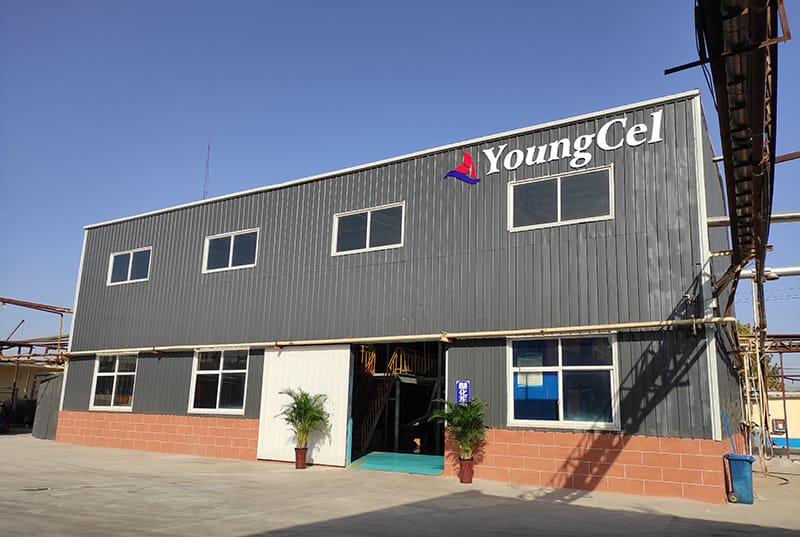The Price of HPMC An Overview
Hydroxypropyl Methylcellulose (HPMC) has gained significant popularity across a wide range of industries due to its unique properties and versatile applications. HPMC is a cellulose ether that functions primarily as a thickener, binder, and film-forming agent. The demand for HPMC has surged in various fields, particularly in construction, pharmaceutical, and food industries. However, one of the most critical factors influencing its market dynamics is the pricing of HPMC.
Understanding Pricing Factors
The price of HPMC is influenced by several key factors. One of the primary determinants is the cost of raw materials. HPMC is derived from cellulose, which is obtained from wood pulp or cotton. Fluctuations in the prices of these raw materials can directly impact the cost of HPMC production. Additionally, the production process requires specific chemicals and solvents, further adding to the overall expenses.
Another essential aspect affecting HPMC pricing is production capacity and technology. Manufacturers that invest in advanced production technologies can reduce operational costs and consequently lower the prices of their HPMC products. This creates competitive pricing strategies in the market, which can benefit consumers but may challenge smaller manufacturers.
Furthermore, transportation and logistics costs also play a significant role in determining the final price of HPMC. The geographical location of manufacturers and the distance to key markets can influence expenses related to shipping and handling. As such, companies need to consider these factors in their pricing models to remain competitive while maintaining profitability.
Market Trends and Demand
The demand for HPMC has been steadily increasing, primarily driven by its applications in construction and personal care products. In the construction sector, HPMC is widely used in dry-mix mortars, adhesives, and paints. Its excellent water retention properties enhance the workability and durability of construction materials, making it an essential ingredient in modern building applications.
price hpmc

Similarly, in the pharmaceutical industry, HPMC is used as a binder in tablet formulations and as a stabilizer in various drug delivery systems. With the growing emphasis on healthcare and wellness, the demand for high-quality pharmaceutical products continues to rise, consequently elevating the need for HPMC.
In the food industry, HPMC is utilized as a food additive, serving as a thickening and stabilizing agent. The increasing consumer preference for natural and healthy food products has expanded the applications of HPMC, as it is considered safe for consumption and does not impart any undesirable flavors or colors.
Future Projections
As the market evolves, understanding the pricing trends of HPMC becomes crucial for stakeholders. Analysts predict that the demand for HPMC will continue to grow, which may lead to increased competition among manufacturers. This competition will likely drive innovation, resulting in improved production methods and possibly lower prices over time.
However, potential fluctuations in raw material costs, ongoing economic challenges, and shifts in regulatory policies could affect HPMC pricing dynamics. Manufacturers must stay vigilant and adapt to these changes to ensure sustainable growth in the market.
Conclusion
In summary, the price of HPMC is influenced by various factors, including raw material costs, production capacity, and market demand. Its versatility across industries, especially in construction, pharmaceuticals, and food applications, underlines its importance in modern commerce. As the market continues to evolve, stakeholders must remain informed about pricing trends to make strategic decisions that drive growth and profitability.
-
A Comprehensive Guide to Methyl Ethyl Hydroxyethyl Cellulose: Applications and Industry InsightsNewsNov.24,2025
-
Understanding Methyl 2 Hydroxyethyl Cellulose: Uses, Benefits & Industry InsightsNewsNov.24,2025
-
Hydroxyethyl Methyl Cellulose HEMC: Industrial Uses, Benefits & Future TrendsNewsNov.23,2025
-
HEMC Cellulose: Versatile & Sustainable Industrial Polymer | YoungcelNewsNov.23,2025
-
Methyl Hydroxyethyl Cellulose: Versatile Building Block for Industry & SustainabilityNewsNov.23,2025
-
CAS 9032 42 2: Understanding Polyvinyl Alcohol's Impact on Industry & SustainabilityNewsNov.22,2025




